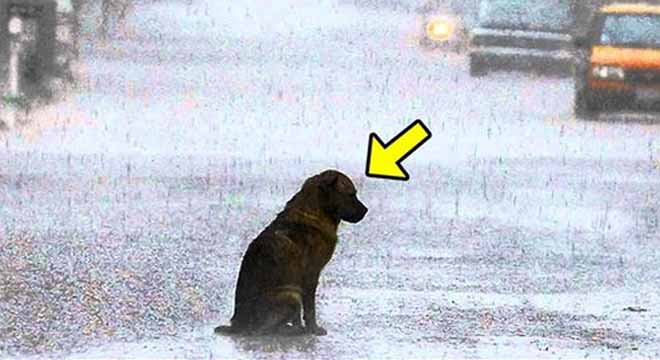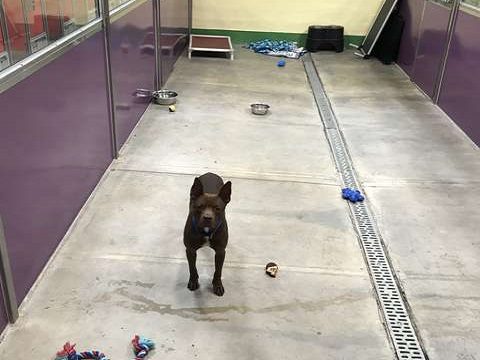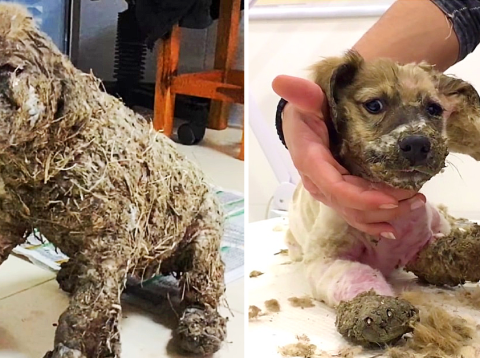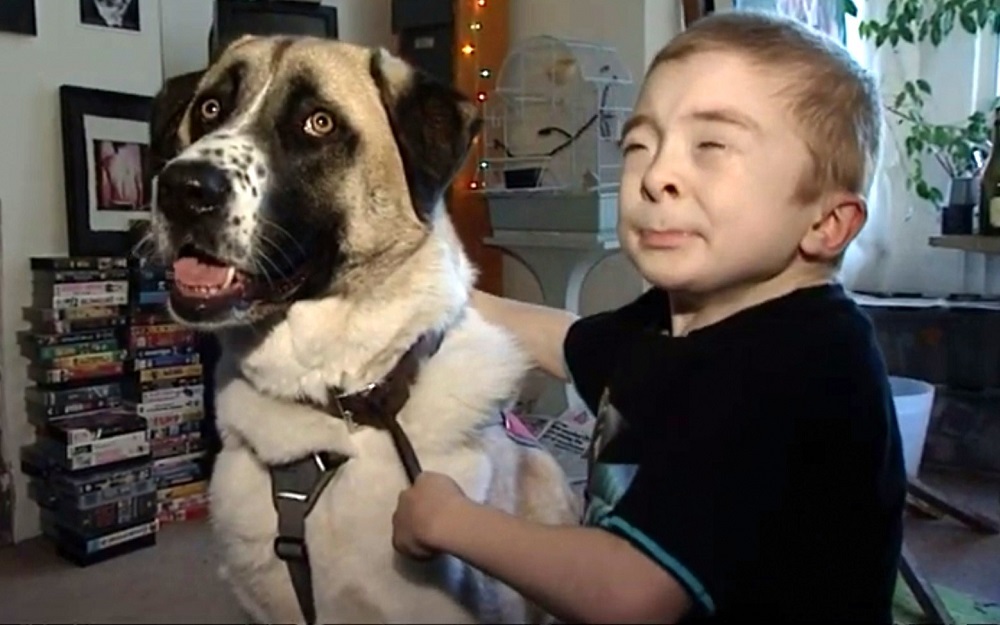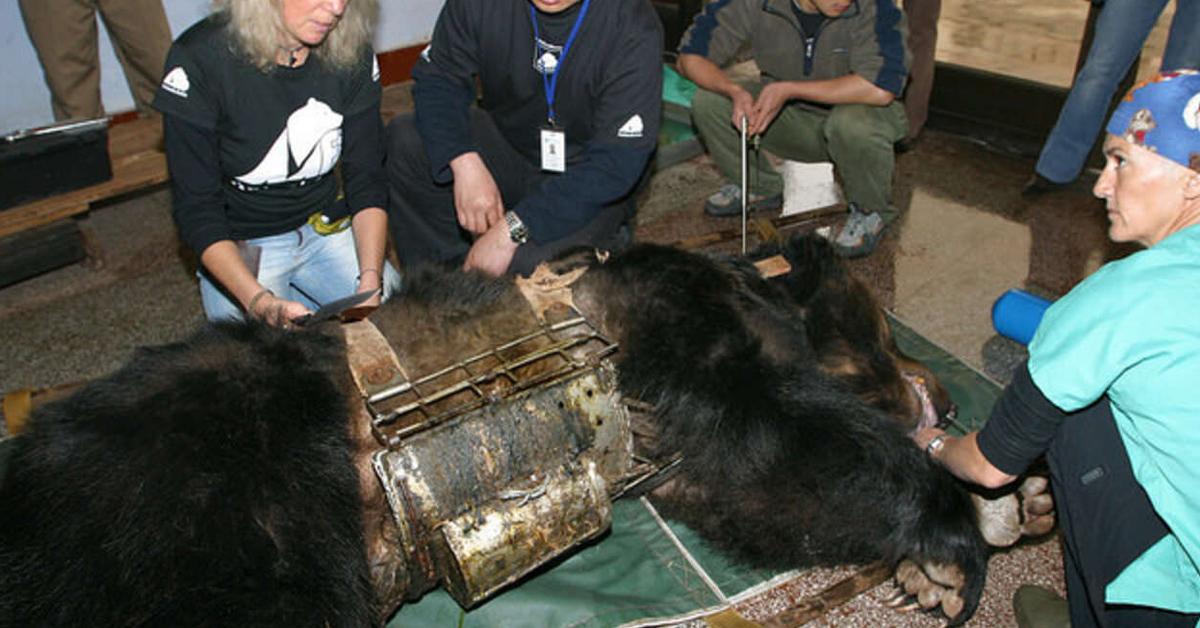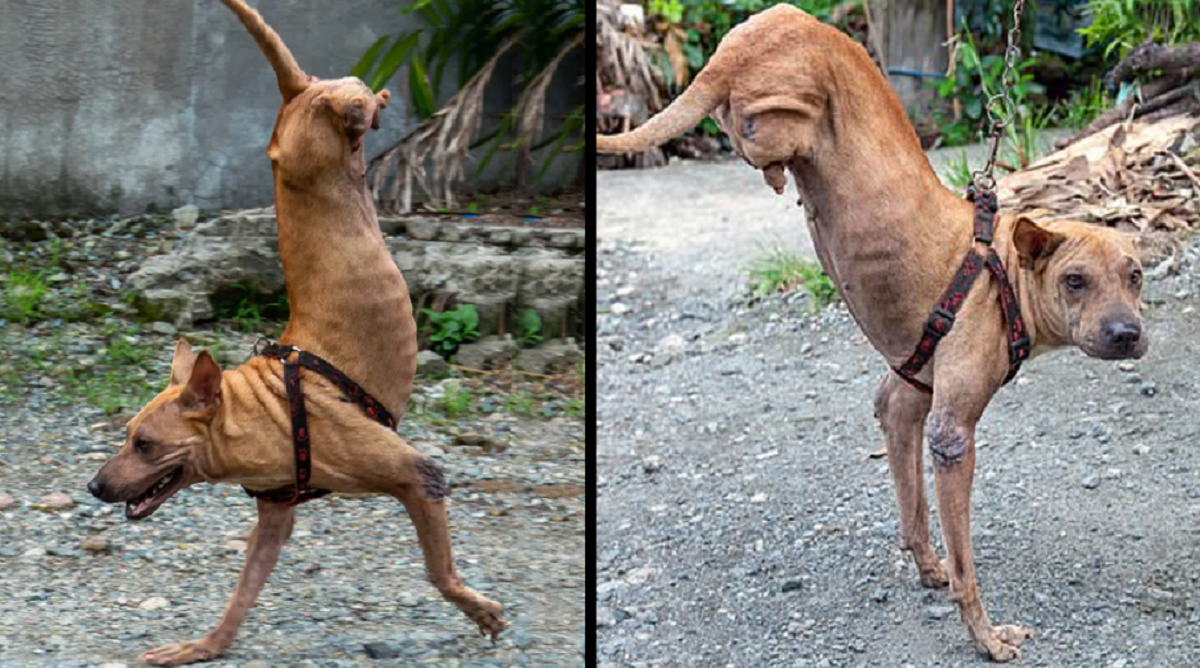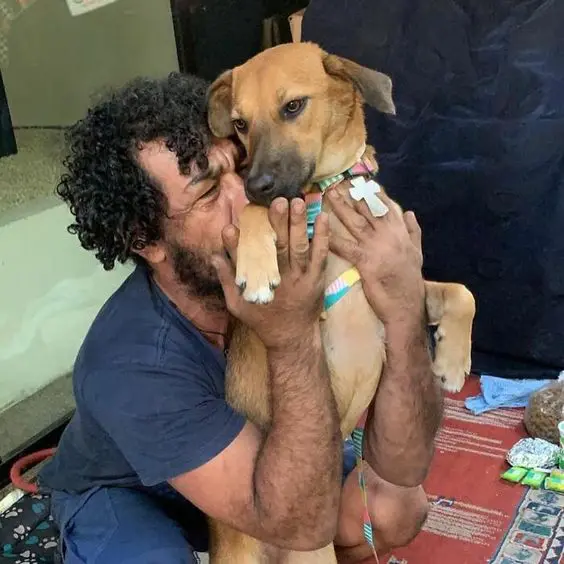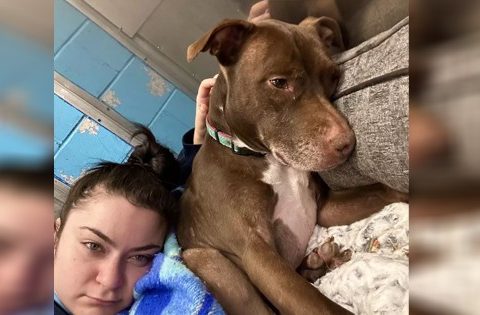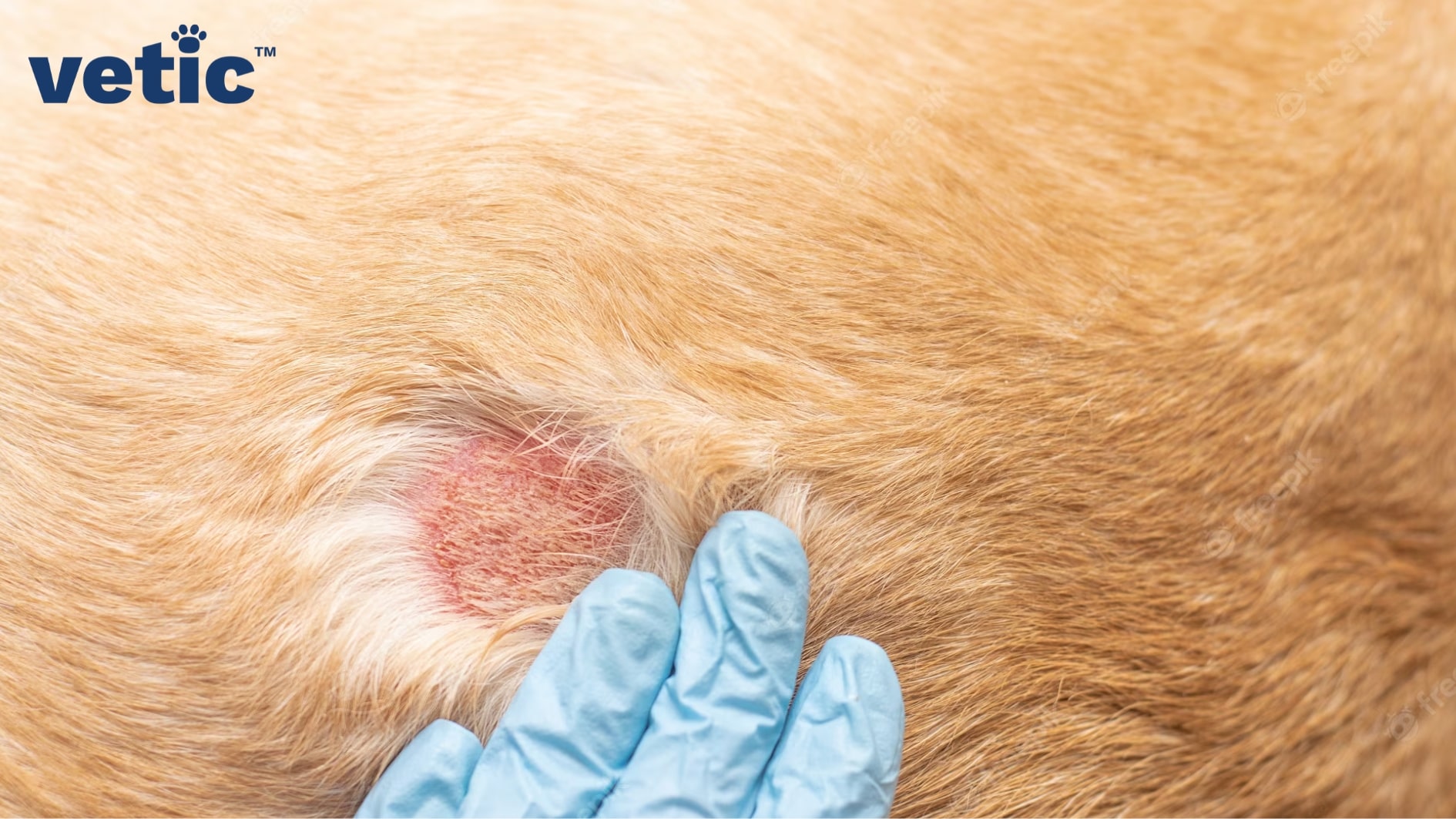
There are a number of fungal infections that can affect your canine companion ranging from localized fungal infections which affect the dog’s skin to systematic fungal infections that invade your pup’s body affecting their lungs, bones or eyes. Today our Tucson veterinary specialists explain more about fungal infections in dogs.
Fungal Infections
Fungal infections in dogs are less common than either bacterial or viral infections, but can become very serious.
In dogs, fungal infections can occur due to contact with other animals, exposure within the environment, or as a result of the overgrowth of fungi (yeast) that are naturally present in and on your dog’s own body.

Types of Fungal Infections In Dogs
If your dog is diagnosed with a fungal infection it could be either a systematic infection or a localized infection.
Systematic fungal infections affect your dog’s major body systems, whereas localized fungal infections are typically seen on your dog’s skin or external features.
Common Systematic Fungal Infections in Dogs
Systematic fungal infections go beyond your pup’s skin and invade your dog’s inner body systems. Your dog’s lungs, nasal passages, bone or eyes could be affected by a systematic fungal infection.
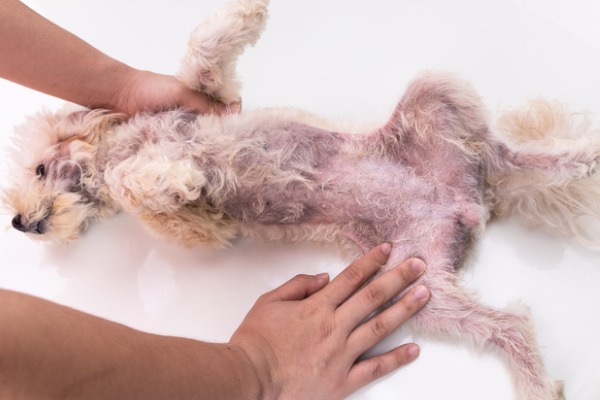
Aspergillosis
In dogs, Aspergillosis is a fungal infection that is caused by a number of different Aspergillus species which are found in soil all around the world. Aspergillus is responsible for two main types of infection in dogs:
- Nasal Apergillosis – This infection is typically limited to a dog’s nasal passages and sinuses, although it can go on to spread to the bony nasal structures and occasionally the orbit of the eye and skull. Symptoms of nasal Apergillosis include lethargy, bloody nasal discharge or nosebleeds, nasal pain, sneezing, or pain around the nose area. Treatment may involve infusing the affected dog’s nasal passages with a liquid anti-fungal medication, although a second treatment may be necessary in some cases. Most dog’s recover well following treatment.
- Disseminated Aspergillosis – Disseminated Aspergillosis is a more generalized, and deadly fungal infection most commonly seen in German shepherds. The fungus enters the respiratory tract of the pet then makes its way into the bloodstream and throughout the dog’s body. Disseminated Aspergillosis can affect the dog’s organs, muscles or bones. This infection is slow to develop. Symptoms may include back pain, lameness, loss of appetite, muscle wasting, weakness, vomiting, blood in urine, urinary accidents, swollen lymph nodes and even paralysis.
Cryptococcosis
The fungus Cryptococcus is found in soil around the world but is most abundant in areas where large numbers of pigeons or other birds gather. Dogs can inhale the fungus, which then leads to lung infection. This fungal disease typically begins in the dog’s respiratory tract, but can go on to affect the central nervous system, eyes, and skin. In dogs, symptoms of cryptococcosis range from lethargy, coughing, nasal discharge, eye problems, and skin lesions, to seizures and other neurologic abnormalities. Treating cryptococosis can be challenging. The most common treatment is oral antifungal medication, however treatment may need to continue for a year or more.

Blastomycosis
Caused by the fungus Blastomyces dermatitidis, blastomycosis begins as a lung infection and is typically seen in young male hunting dogs that have spent time in Mississippi, Ohio, Missouri, Tennessee, the St. Lawrence River valley, the mid-Atlantic, and around the Great Lakes. This fungus thrives near beaver dams and other areas with moist acidic soil rich in decaying vegetation, but can also be found in pigeon and bat feces. Hunting dogs that spend a lot of time sniffing around in the soil are at the highest risk for inhaling fungal spores. Symptoms include coughing, fever, lethargy, loss of appetite, and weight loss, however if the infection reaches other areas of your dog’s body other symptoms such as lameness, blood in urine, eye problems, skin lesions, and fever may be evident. Early treatment with an oral anti-fungal medication can be curative.
Localized Fungal Infections in Dogs

Fungal infections affecting your pet’s skin can be tricky to recognize since the itching and scratching which is a common symptom of these infections is often mistakenly believed to be the result of dry skin or flea bites. There are two common forms of localized fungal infections commonly treated by our Tucson veterinary dermatological specialists:
Dermatophytes (Ringworm)
Dermatophytes, (commonly called ringworm), is caused by a collection of pathogenic fungi. Ringworm in dogs is extremely contagious and spreads through direct contact with the fungus. This can happen when a dog comes in direct contact with an infected animal, person, or object such as a couch, brush, bedding, or rug. Ringworm can affect your dog’s skin, fur, or nails. Symptoms of this common fungal infection include hair loss, itching, flaky or crusty skin, and misshapen or brittle nails. Early detection and treatment is essential for preventing the spread of ringworm to other household pets or family members.
If your dog is diagnosed with ringworm, treatment will depend upon the severity of the infection but may include a combination of medicated baths and dips and/or oral antifungal medications. Vacuuming and disinfecting the house frequently is also a necessary step in preventing the spread of ringworm to others in the home.
Fungal Dermatitis
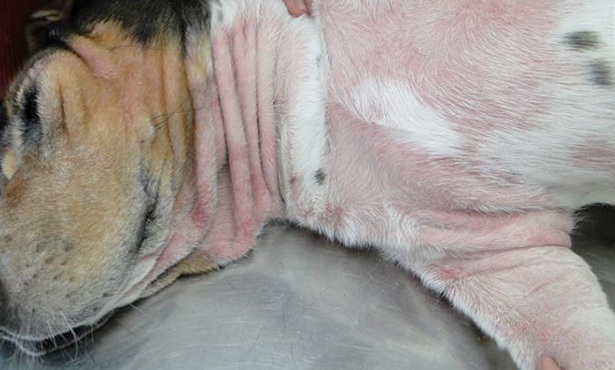
Fungal dermatitis, (also called yeast dermatitis or Malessezia dermatitis) is a fungal infection in dogs caused by the Malessezia pachydermatis fungus. Fungal dermatitis is a common inflammatory skin condition which occurs when the yeast that normally lives in your dog’s ears, mucocutaneous areas, and skin, overpopulates these areas. Symptoms include flaky or crusty skin (particularly around your dog’s nails, skin folds, armpits and anal area), intense itchiness, and in some cases ear infections.
Treatment for fungal dermatitis can include antibiotics, along with topical anti-fungal treatments such as shampoos, or ear ointments. Treating this fungal infection can be a long-term undertaking. Dogs suffering from underlying health issues such as a compromised immune system or allergy can be particularly difficult to treat. In some cases dogs will experience repeated secondary yeast or bacterial skin infections along with severe skin allergies. If this is the case for your pooch, your veterinarian or Veterinary Dermatological Specialist can develop a custom treatment plan to help manage your pup’s condition.
Note: The advice provided in this post is intended for informational purposes and does not constitute medical advice regarding pets. For an accurate diagnosis of your pet’s condition, please make an appointment with your vet.

